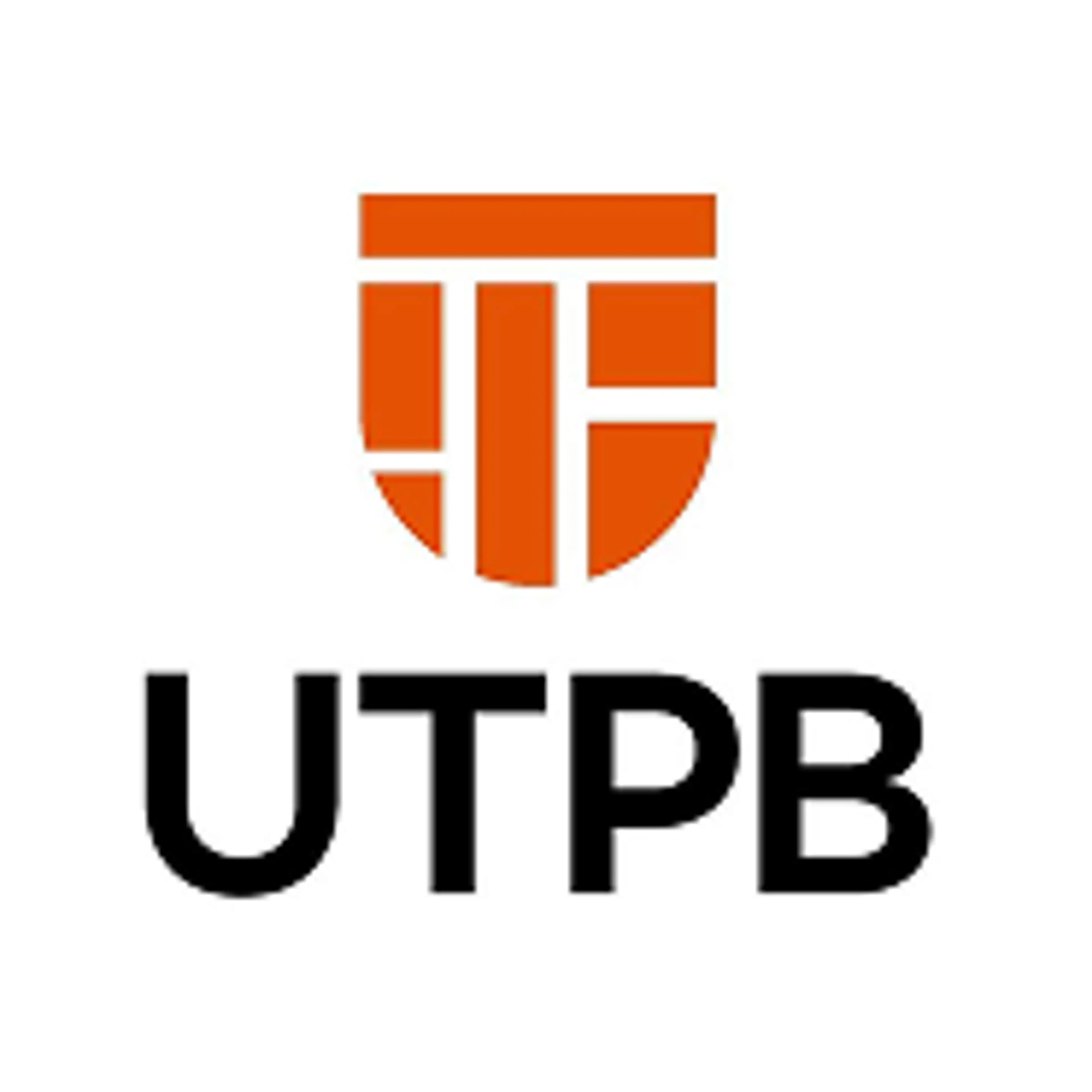



“It’s time for bigger goals” is more than just a slogan for Duquesne University. It’s a campus where students are encouraged to dream big and chart ambitious paths. Many double major, add certificates, or combine programs across schools in step with this ethos. But until recently, the systems meant to support those ambitions were struggling to keep pace.
The degree audit tool in their SIS couldn’t handle the complexity of Duquesne’s programs like dual degrees or conditional GPA rules. It often misapplied courses and forced departments to maintain their own fragmented versions. As a result, students were piecing together information from outdated, inconsistent audits and spreadsheets. Meanwhile advisors were juggling multiple systems, relying on memory to guide students and critical administrative tasks, like graduation clearance, required hours of manual effort.
"We had to put disclaimers on our audit reports because we couldn’t be sure they were right. That’s how unreliable the old system had become."


That changed when Duquesne adopted Stellic, a modern and flexible platform that could support both the decentralized nature of advising and the university’s complex programs. The vision wasn’t just to replace software, but to consolidate progress, planning, and advising to make it easier for the campus to move forward and collaborate together.
Before Stellic, students had no reliable place to see their degree progress. They emailed advisors for answers, tracked requirements in Excel, or waited for someone to confirm whether they were on track to graduate. If they needed answers outside of advising hours, they basically had to wait until the next business day.
Today, students can log into Stellic any time to view their real time degree progress and to personalize their plan. They can explore new majors and minors, build multi-semester schedules, and see how every course fits their goals, all in one place.
Since going live, students have logged 50,000 plan activities, and have added 1,500 programs to their plans. 20% of that has been times outside of advising hours, reflecting their newfound ownership. The change has shifted the tone of advising. Instead of transactional conversations about requirements, advisors are now spending time talking about purpose, goals, and career direction.
“Students used to wait for someone to tell them what to take next. Now, they’re building their own plans and coming to advising meetings ready to talk about goals, not just schedules. That’s a huge shift.”


Behind the scenes, Stellic gave Duquesne the flexibility it had been needing. The platform accommodates its dual degrees, cross-college programs, GPA requirements, and specialized electives—all the intricacies that define a Duquesne education. It’s the source of truth that can flex across departments, keeping each school’s unique structure intact while ensuring consistency of information for everyone.
Building those audits also gave the team a reason to tidy up. Years of outdated program codes and inconsistencies in the SIS were corrected, giving the university a cleaner, more reliable data foundation. For the first time, every program in the system is represented accurately and everyone trusts what they see.
"With Stellic, we finally have something that mirrors the real complexity of our university. It does what we always needed the old systems to do and more."


For Associate Registrar Dorothy Rigby, the difference has been immediate and visible. Graduation clearance, especially for Duquesne’s Bridges core curriculum, was once an enormous manual task. She reviewed more than 1,400 students in Excel and Word each cycle, emailing spreadsheets and PDFs back and forth.
“What used to take me three days now takes 30 minutes, or is just done by itself. That time goes back into supporting advisors, improving processes, and solving problems instead of sorting spreadsheets,” she said.
Now, that process is instant. The audit tracks requirements automatically, and advisors can see and act on the same information in real time. The time saved has allowed her office to start graduation clearance earlier in each term, weeks before deadlines instead of at the last minute.
Perhaps the most meaningful impact hasn’t been technical at all. The process of implementing Stellic brought people together in ways Duquesne hadn’t seen before. Advisors, registrars, and faculty sat side by side to define requirements and capture the programs in Stellic.
“This project humanized the Registrar’s Office for advisors. They could see that we weren’t just policy enforcers, we were partners. And we got to see how much expertise advisors bring to every conversation. It was incredible.”
Duquesne continues to expand how it uses Stellic, from automating graduation workflows to exploring Registration and Explore. But the true impact has been in how it changed relationships and confidence across campus. Faculty, success coaches, and administrators now share the same data and language when supporting students, something that simply wasn’t possible before.
For a university built on pursuing bigger goals, Duquesne now has the shared foundation and collaboration to help every student reach them.